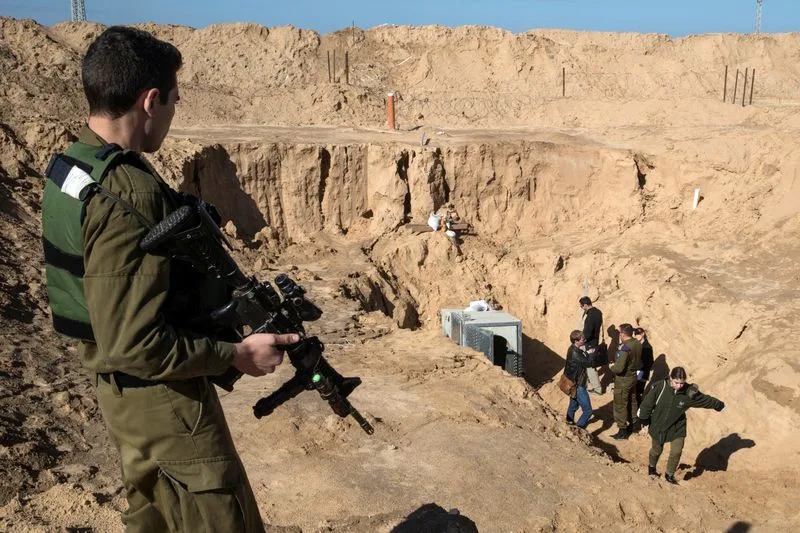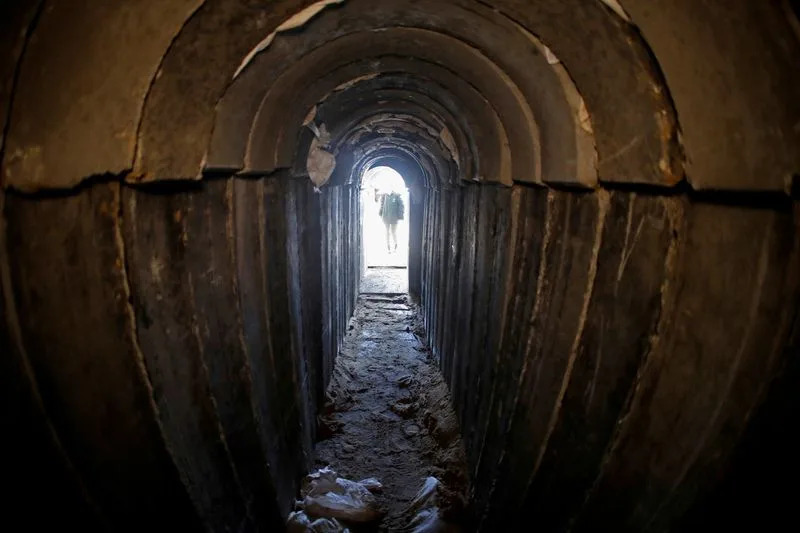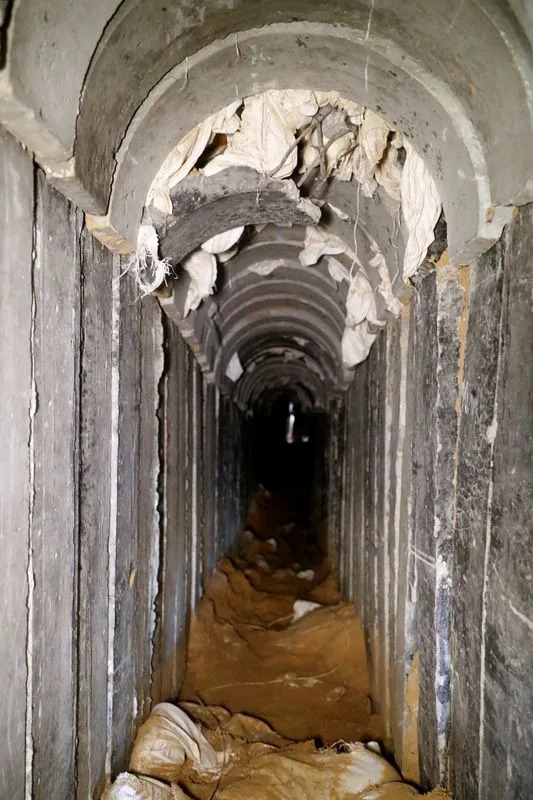Fortune
The ‘great wealth transfer’ isn’t $72 trillion but $129 trillion, BofA says—and the government gave most of it to baby boomers
Hillary Hoffower, Chloe Berger – October 28, 2023

You’ve probably heard about the “great wealth transfer.” It’s the $72 trillion stack of assets that baby boomers are sitting on and going to pass onto millennials someday, thereby solving many of the economically beleaguered younger generation’s problems. But there was another, even more “massive” wealth transfer from the government to the baby boomers over the last 40 years, according to Bank of America Research.
The investment bank isn’t alone in coming to this conclusion. No less a figure than Ray Dalio, the billionaire and former leader of what was for many years the world’s biggest hedge fund, wrote on his LinkedIn page in August about a “coordinated government maneuver” that left household balance sheets rich and the state effectively broke. Dalio did not mention the boomers, or any generation, by name, but BofA has now done him one better.
Boomers have quite simply been the biggest beneficiary of a “massive wealth transfer,” wrote the BofA team led by Ohsung Kwon, echoing Dalio’s observation that trillions of wealth flowed from the public to the private sector thanks to government policy since the 1980s, when boomers were in their prime working years. BofA pointed to the ballooning government debt—from 31% of GDP to 120% during that period—and the 10-year Treasury yield shrinking from 12% to 4.6% today (it’s actually 4.9% as of press time).
So how many trillions? Over this period, BofA calculates, U.S. household net worth has skyrocketed from $17 trillion to $150 trillion. Boomers, alongside “traditionalists,” hold two-thirds ($146 trillion) of that total net worth. This means that government policy has resulted in a $129 trillion wealth transfer into the pockets of those boomers and older Americans, BofA said (it didn’t clarify the exact apportionment of wealth between these two groups).
At the top of the ladder
Just over a quarter of this wealth is held in financial assets such as real estate. No surprise there, considering that nearly all boomers locked in a low 3% mortgage rate, unlike those poor millennials—the only group that took on meaningful mortgage debt since 2021, now in the 8% range. Fortune has reported extensively on how millennials have not enjoyed a boomer level of success as they struggled to afford to buy a home for years before facing off with an overpriced, ultra-competitive pandemic housing market.
BofA’s findings are more evidence that boomers have had it pretty good, economically speaking. In addition to low interest rates and inflated housing prices boosting asset value, a 2020 Deutsche Bank report found that boomers shelled out less for education than millennials did and won’t have to pay for the environmental damage caused by the carbon emission-releasing companies they invested in.
While boomers have still had their fair share of economic challenges, like the Great Inflation of the 1970s, BofA found they ultimately benefited in the long run from an economy that’s set them up pretty nicely for wealth accumulation. In a 2021 memo to clients, billionaire (and boomer) Howard Marks wrote that the generation is so big that they’re still wielding enough political and financial power to advocate for a system that works for them, “Boomers have been and still are consuming more than their fair share of the pie. This will leave future generations saddled with substantial debt stemming from expenditures they didn’t benefit from proportionally,” he wrote.
Of course, four of the last five presidents are part of the baby boomer generation, and Congress is largely made up of boomers, if not traditionalists like the recently deceased Dianne Feinstein, with millennial figures such as Alexandria Ocasio-Cortez and Jon Ossoff the major exception. President Joe Biden, of course, is what BofA would call a traditionalist, But George W. Bush, Bill Clinton and even Barack Obama were all technically boomers.
As Jill Filipovic, author of “OK Boomer, Let’s Talk,” told Salon in an interview, boomers climbed the ladder and then “pulled it up behind them.” Standing at the lowest rung, three-fourths of millennials (and 82% of Gen Zers) feel they’re navigating economic struggles shaped by their parents, per a survey by OnePoll on behalf of National Debt Relief.
At the bottom of the ladder
Dealing with a hefty price tag for a college education and ensuing student debt, many young adults graduated into a post-recession thorny job market, bouncing around to find a well-paying role. Forced to tack on other gigs to make ends meet, many still aren’t seeing the fruits of their labor; a separate BofA report finds that the extra income isn’t giving them much more spending power.
The housing market is no rosier of a scene; while some millennials have made up some ground and started to househunt, many were pushed back to the last rung of the ladder when they were outbid by boomer cash offers. It’s led many young adults to depend on their more financially stable parents to afford a house. No wonder most millennials (and Gen Z) feel the economy is hurting their ability to be financially independent and like they’re falling behind.
“Millennials, and now Gen Z, have grown up amidst global and financial turmoil,” Suzanne Schmitt, Head of Financial Wellness at New York Life, told Fortune. “These two cohorts have witnessed economic changes in their formative years and may be more risk-averse when it comes to financial habits than their predecessors.”
There’s a silver lining, though, in the other great wealth transfer that is still pending. This could make millennials five times wealthier in 2030 than they were at the start of this decade, according to a Coldwell Banker estimate. Others are less optimistic. A survey from Alliant Credit Union finds that half of millennials think they’re inheriting at least $350,000 from their parents, while half of boomers report say they’ll give away less than $250,000. As Americans live longer and struggle to afford retirement during inflationary times, it’s likely the nest egg chips away a bit more. Even if there’s a large lump sum, many millennials don’t feel equipped to handle it.
Perhaps, then, that wealth transfer won’t be as “great” as the ones boomers already received, the one Bank of America called downright “massive.” It may not be repeated anytime soon.












